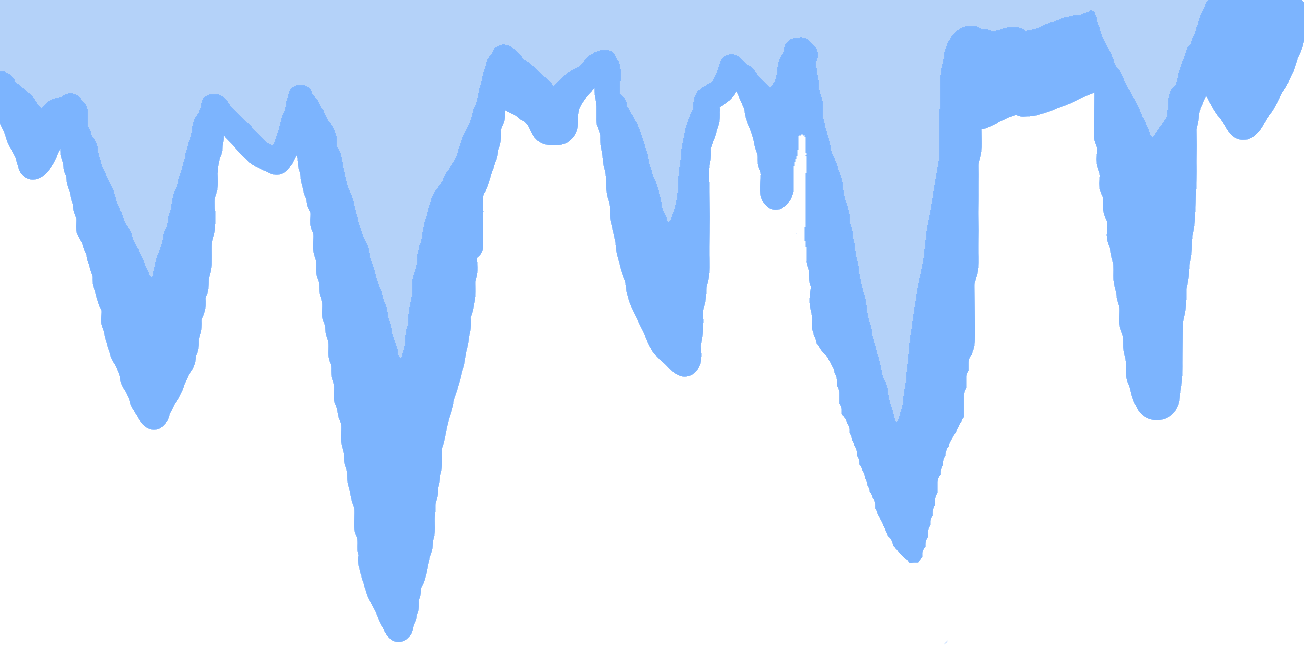
Anabolism
Acetyl CoA
the entry compound for the citric acid cycle in cellular respiration, formed from a fragment of pyruvate attached to a coenzyme
Anaerobic
Process that does not require oxygen
prepartory reaction
parent drug more polar metabolite
Electron Transport Chain (ETC)
series of electron carrier proteins that shuttle high-energy electrons during ATP-generating reactions
Mitocondrion
Cell organelle that converts the chemical energy stored in food into compounds that are more convenient for the cell to use
Cytochromes
NAD+
electron carrier involved in glycolysis
The enzyme-catalyzed formation of ATP by direct transfer of a phosphate group to ADP from an intermediate substrate in catabolism.
Fermentation
A catabolic process that makes a limited amount of ATP from glucose without an electron transport chain and that produces a characteristic end product, such as ethyl alcohol or lactic acid.
oxygen dept
amount of oxygen requirement to oxidize lactic acid produced anaerobically during strenous muscle activity.
Process that requires oxygen
Chemiosmosis
Process by which a Hydrogen pump pumps protons into the thylakoid membrane. H+ passively flows through the ATP synthase which leads to the creation of ATP.
electron carrier produced during the Krebs cycle
citric acid cycle
Process that releases energy by breaking down glucose and other food molecules in the presence of oxygen
Catabolism
Glycolysis
A metabolic process that breaks down carbohydrates and sugars through a series of reactions to either pyruvic acid or lactic acid and release energy for the body in the form of ATP


